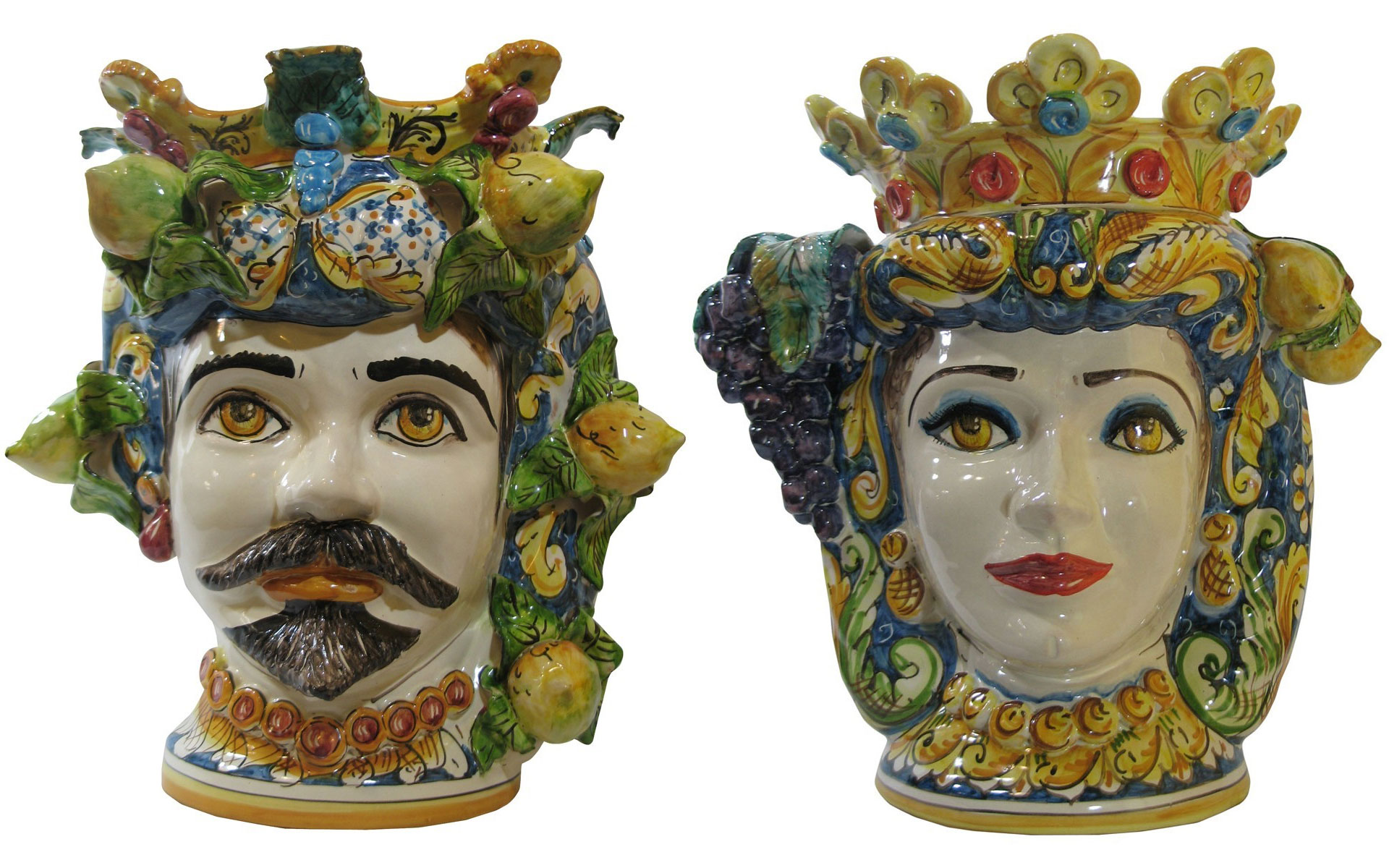Sicily: A journey through Sicilian lands is an odyssey into its colors, sounds and flavor
According to an ancient tale, after God created the world with its natural colors and elements, he had very small quantities of every tint and landscape left at the bottom of his sack. Not knowing how to distribute them, he put them together and poured them onto an island in the Mediterranean: Sicily, which became the island of the sun, the most beautiful and favored by nature, the queen of the islands.
Today you can visit Sicily as a modern metropolitan Goethe, or be adventurous riding a Vespa like Matthew Fort in his “Sweet Honey, Bitter Lemons”, creating a journey between food and landscapes, which still carry vivid traces of the dominant cultures that have followed in the various times, leaving their soul more in some areas than others.
Giuseppe Tomasi of Lampedusa wrote in his very well-known “The Leopard”: “It is at least twenty-five centuries that we carry the weight on our shoulders of magnificent heterogeneous civilizations.”
Sicily can be considered the first great example of globalization through its vast architecture, dialect and cuisine. Here, everything has blended into one while maintaining its identity. Goethe said, to have seen Italy without seeing Sicilyis not to have seen Italy at all, for Sicily is the clue to everything.” Various inhabitants that conquered Sicily and inspired many of its culture characteristics were the Greek-Roman, Arabic, Norman, Spanish and Bourbons.
Like an open-air art book, surrounded by sacred buildings and monuments that whisper stories of the spirits built over the centuries from the different cultures that once conquered areas around island. from polytheism to monotheism, while its architectural elements fused to each other. Just strolling down the street in various towns you will often see ancient temples from the Greek and Roman period, such as one depicting columns of an ancient temple dedicated to Minerva, which protrudes from the medieval walls, then turn around and remain breathtaking for the imposing baroque facade marking the entrance of the sacred building.
The ancient ruins of Greek and Roman temples arise lost among the barren landscapes; it is still possible to get lost in the intricate alleyways of ancient Arab neighborhoods and medieval villages. While tasting some delicious Sicilian street food, and while sirocco wind lazily threatens, it is possible to glimpse Byzantine domes among modern buildings, when few meters back you have just left behind the finds of Roman baths or part of an amphitheater, surrounded by the most majestic and crinkly baroque of an ancient aristocratic palaces.
Whether dominations of past cultures or natural disasters, Sicily continues to resurrect itself embracing what once occupied the land returning to life and shining even more than before but always remembering its past. as it is for the evocative Easter rites or for the celebrations of Saint patrons of the villages, which until today maintain the influence form the Castile and Aragon influences.
Just as culturally infused is the land of Sicily is also evident in the cuisine. Sicilian cuisine represents much of the culture and history of its past occupants; Greeks, Romans, Normans, French, Spanish. During the many invasions of the vast occupants brought new agriculture and fishing techniques which cultivated the land year round. Every time we sit at the table: we eat the history of our ancestors.
The different populations who have dominated Sicily, starting from the Greeks, until Bourbons, have left culinary traditions that can be seen as incredible Sicilian wonders, this goes together with the very high quality of the raw food that this land is capable of donating, starting from sea level until up to 3300 mt above sea level of the majestic “Mungibello” (also known as volcano Etna).
From Caltanissetta to Trapani there is the predominance of opulent gastronomy in which prevails a strong contrast of flavors, typical of the Arab taste; from Messina to Syracuse, and down to Agrigento, the cuisine avoids the sweet and sour taste, the use of raisins, almonds and pine nuts, less sugar is used in sauces and sauces. Cattle breeding inland and fishing along the coast, guarantee visitors to find the typical seafood and the most rustic cuisine of the countryside.
Like centuries before, Sicily has seduced all that has visited with its natural endowed beauty and treasure trove of culture. It’s no wonder it’s considered the pearl of the Mediterranean. So, if you plan on leaving Sicily, you’ll have to turn your back because once you look back, this land will bewitch a spell, and ‘sicilianize’ you, kissing your heart and leaving you with an imprint of it’s soul making you never want to leave.


